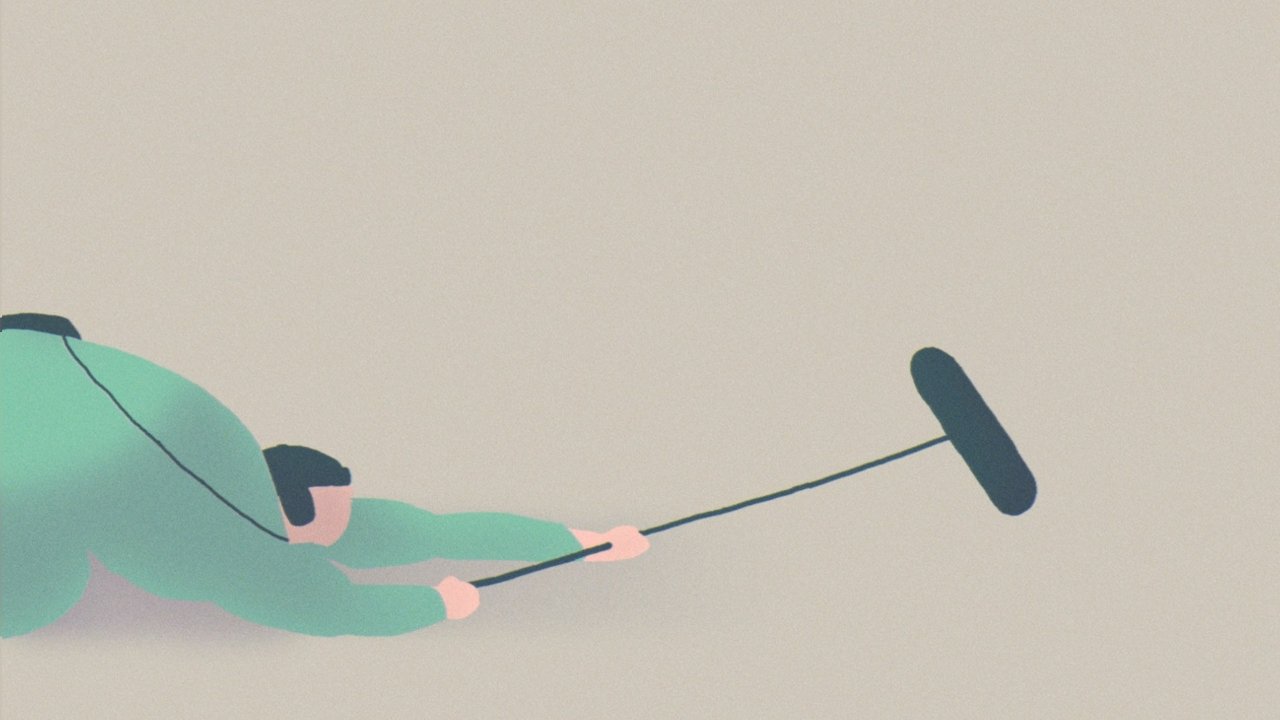
Sounds Good (2019)
A boom operator attempts to record the noise mushrooms make in this semi-experimental animation inspired by the world of sounds.

A boom operator attempts to record the noise mushrooms make in this semi-experimental animation inspired by the world of sounds.
This is one of those abstract animated films in which colored, richly textured light moves in a black, three-dimensional space. The pictures and the electronic score are unified in a strict structure made of three main sections which progressively develop three subsections. This film may look like it was made using computers or video to the uninitiated, but only animation and much optical printing are to be seen herein. Preserved by the Academy Film Archive in partnership with iotaCenter and National Film Preservation Foundation in 2007.
Prelude 14 begins in deep brilliant red which darkens into deeper reds and lavender shapes, disrupted by a variety of colors settling into browns and grays and shapes most rock-like, all of which is then shot-thru with sufficient yellow to break up all hard-edge form and give a molten aspect to the mixtures of shapes.
A small white box. Everything happens in that little world. A woman's face comes out from the side of the room and roars, birds peck at human flesh, trains run through, and a couple quarrel begins. When the billiard ball penetrates the room, the billiard ball changes into various shapes ... Each room is a world, and what happens there is a microcosm of modern times.
The experimental animated short is a collaborative work between Keiichi Tanaami and Nobuhiro Aihara.
Moonlight reflected in water: the forms and lines are continually rearranged by the currents.
Piotr Kamler meets Luc Ferrari & Iannis Xenakis. A play of opposites: space, colour, forms, movements
A dialogue of forms, colours and movements follow a rhythm which is both plastic and musical.
An early experiment in employing computers to animate film. The result is a dazzling vibration of geometric forms in vivid color, an effect achieved by varying the speed at which alternate colors change, so producing optical illusions. In between these screen pyrotechnics appears a simple line form gyrating in smooth rhythm. Sound effects are created by registering sound shapes directly on the soundtrack of the film.
Experimental short film by Michio Mihara.
Combines animation, documentary footage, and hand-painted film as well as slide projections, a painted 12" x 24" backdrop, and sculptural palm tree to create a kaleidoscopic portrait of the Puerto Rican psyche.
You Take Care Now, an early student film, is a perfect exemplar of Ann Marie Fleming's idiosyncratic vision and stands as one of her signature works. Made on 16mm, and incorporating found footage, original material, animation, and processed images (Vancouver's groundbreaking avant-garde cinema of the 1970s is a decided influence here), Fleming's film offers a visually dazzling, emotionally wrenching, oddly humorous account of two profound personal traumas.
The mutating forms of Tensai Banpaku, or “Genius Expo” create a stunning abstract orchestra.
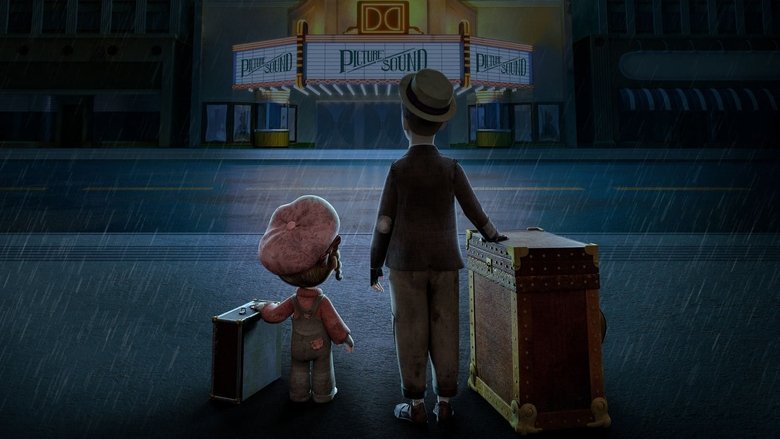
A duo of street performers learns how sound and picture work together to create amazing cinema experiences.
Mizuki Kiyama's short animation utilizes a paint on glass technique to render a young girl's visit to a neighborhood sento (bath house) with her mother with dazzling sensuous wonder. Evoking childish fascination at daily rituals, this quotidian act amidst feminine intimacy becomes a space of otherworldly fantasy.
Impressions on the topic of plastics set to Vivaldi's Winter: blizzard, dancing moons, beats ice, sparkling silver crystals, petrified wood frozen.
A meek office worker finds himself flung into a fantasy world as a naked muscleman. An early version of the Den character, known from the comic magazine Heavy Metal and the movie by the same name.
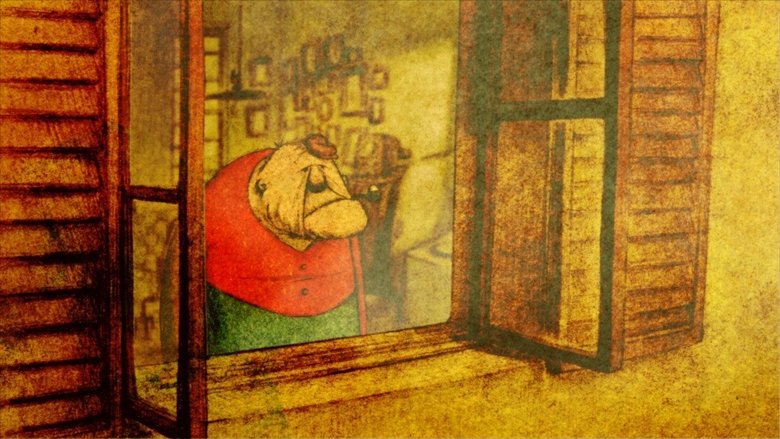
La Maison en Petits Cubes tells the story of a grandfather's memories as he adds more blocks to his house to stem the flooding waters.
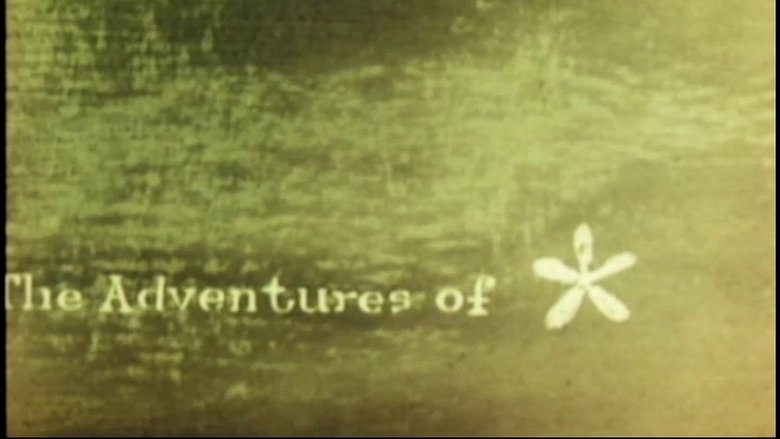
Life drums the playfulness out of a boy as he grows up.
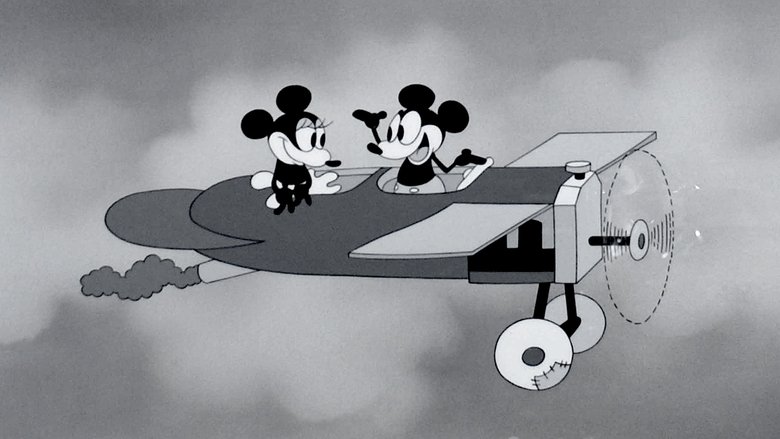
Referred as the actual first Mickey Mouse short. Inspired by Lindbergh's flight from New York to Paris, Mickey builds a plane to take Minnie for a trip.
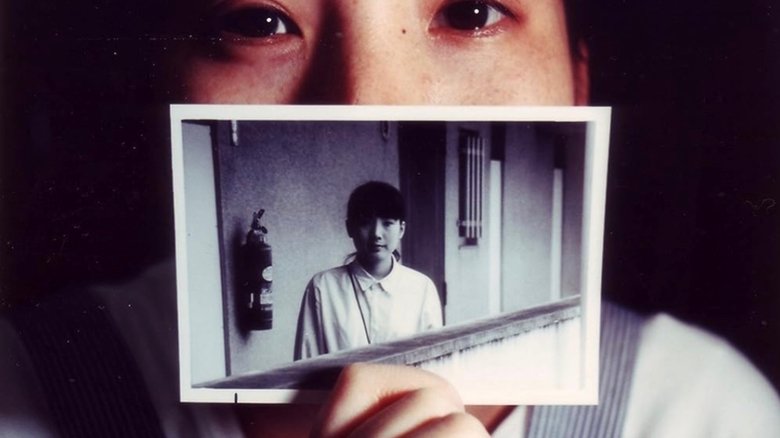
I turned my gaze to the various events in daily life and made this filmic diary in a manner as if confessing my feelings. Of course, since I was making the film, I wanted to depict these feelings and events with tricky techniques. I used various methods to shoot photographs of a relative's wedding, the landscape I see from window of my house, commemorative travel photographs and the like frame-by-frame.